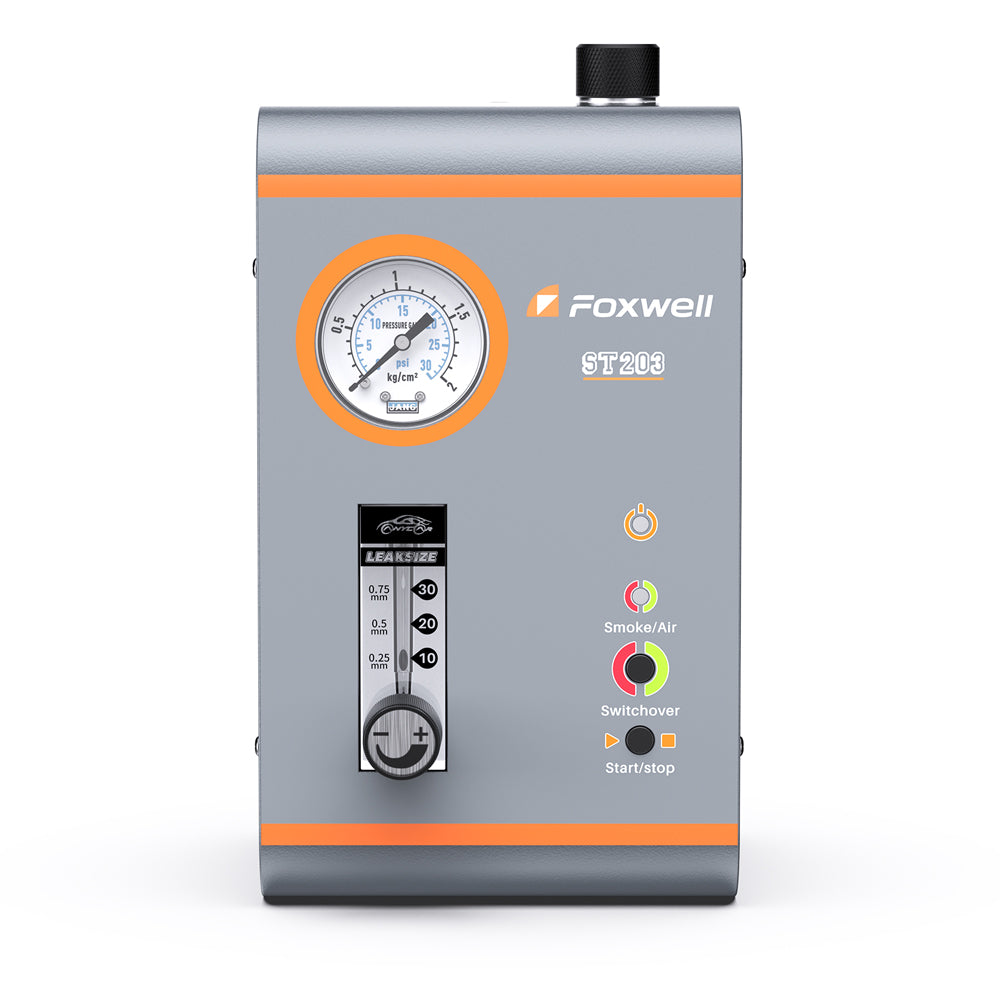What is DPF?
Diesel Particulate Filter (DPF), also known as “Particle Trap” or “Carbon Particle Filter”, is one of the devices designed for the automobile exhaust gas purification in response to the increasingly stringent exhaust emission requirements, the DPF is mounted in the mid-rear part on the exhaust pipe of the vehicle. The exhaust gas generated by the fuel combustion in the engine contains a large amount of carbon particles, particularly, when the vehicle is moving in low speed or high load, it is more likely to produce more carbon particles due to the insufficient burning. In this condition, if the exhaust gas is directly emitted into the air, it will cause serious environment pollution. In order to deal with the carbon particles, the DPF, a set of filtering and gathering device, is designed to collect the carbon particles and prevent them from being released into the air.
Each filter is designed to collect or trap something, and must be cleaned or emptied regularly, the DPF is no exception. As time goes on, more and more carbon particles are collected into the DPF, which will gradually block the exhaust pipe, resulting in poor exhaust, and affecting the engine power. In addition to this, when the DPF is blocked, the DPF light on the dashboard will be on, which is to remind you that it’s time for regenerating DPF.
Related Reading: HD500: Heavy Duty Truck Scanner with DPF Regen
How to Clean a DPF Filter?
“DPF Regeneration” is the process of cleaning and emptying the Diesel Particulate Filter.To perform the process, the DPF must be heated to a high temperature, then the particles of soot can be cleared by burning. This can be achieved by Active Regeneration or Passive Regeneration.
1. Passive DPF Regeneration
When the vehicle is moving in high speed for a long distance, the exhaust gas will be automatically heated to the temperature high enough for burning and cleaning the carbon soot particles in the DPF. In this way, driving for 30 – 50min at a high speed, the DPF generation process will automatically be completed.
2. Active DPF Regeneration
The Active DPF Regeneration program in the ECU needs to be activated and then perform the process with OBD2 Scan Tools: some extra fuel is pumped into the engine to increase the engine RPM and the exhaust pipe temperature, then the carbon particles will be burnt, the DPF will be cleaned. When performing the active regeneration, make sure there is no obstacle near the exhaust pipe of the vehicle.For some vehicles, the active regeneration still needs to be completed by driving on the road, meanwhile, follow the guidelines in the OBD2 Scan Tools to complete the DPF regeneration process, till the DPF light is off. OBD2 Scan Tools allow you to monitor temperature and other data during regeneration. It is strongly recommended to complete the process outdoors.
Which is the Best Foxwell Scanner with DPF Function?
There are several Foxwell OBD2 scan tools come with DPF function, the following three are always our top recommendation:
Foxwell NT530 is a perfect choice for DIYers and enthusiasts and it brings reliable assistance for you to fix the issues on your vehicle.
Foxwell NT809 is equipped with advanced hardware with touch screen, you can conveniently operate and update by tapping on the screen.
Foxwell GT60 Plus is a must-have scanner for auto workshop, considering its OE-level diagnosis, active tests, and more than 30 special functions.
HD Scanner Foxwell HD500 is designed for heavy-duty trucks and buses, supporting engines such as Cummins, CAT, Detroit, Paccar, and International. With multiple diesel-specific adapters and full-system diagnostics including DPF regeneration, it offers a professional yet cost-effective solution for diesel vehicles.
For more Foxwell OBD2 scanners with DPF function and more detailed information, please refer to the Buyers Guide page.
If you had found any DPF problem, please let us know in the comments.







Leave a comment
This site is protected by hCaptcha and the hCaptcha Privacy Policy and Terms of Service apply.